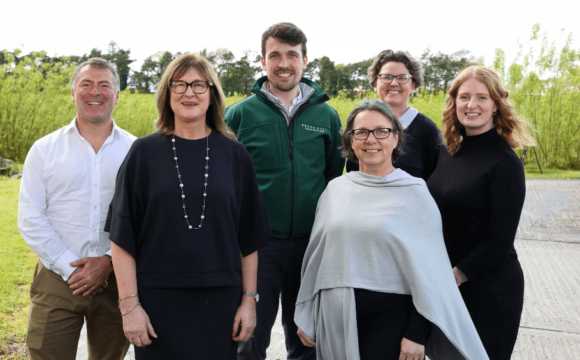New research has revealed a host of traditional outdoor activities which are unfamiliar with modern children, with 26 percent having never played conkers and as many as one in five (20 percent) having never flown a kite.
Crabbing (36 percent), playing pooh sticks (30 percent), building a campfire (33 percent) and building a dam (42 percent) are other classic childhood pleasures that today’s youngsters have not experienced.
The research from the Global Myopia Awareness Coalition (GMAC) has revealed that over half (52 percent) of today’s generation play outside less than their parents did when they were young.
The poll of 2,000 parents of children aged four to 12 found that 41 percent have never made a bow and arrow, swam in a lake (41 percent) or played on a tree swing (40 percent).
Despite this, 42 percent of mums and dad believe that playing outside sparks their kid’s imagination.
GMAC released the research to highlight the positive impact of getting children away from screens, as just 76 extra minutes outside a day can reduce the risk of myopia (short-sightedness) by 50 percent.
Screen time, digital devices, and less time spent outside are factors that can increase the progression of short sightedness in children, so GMAC, alongside Optometrist Hamza Mussa, have created a Sight Sanctuary Guide to give parents ideas on a range of nostalgic outdoor activities, so they can create a place for children to take a break from screens and near work to rest their eyes, get outside, and ignite their creativity.
TV Presenter and Singer Kimberley Walsh said: “The holidays make juggling work and family life tough and it’s so easy for kids to spend all day glued to screens and digital devices.
“Whilst I am shortsighted, I didn’t realise that the risk of developing myopia is 3.5 times greater when kids spend 7 hours or more on screens and this goes up dramatically if one or more parents are shortsighted. Plus, whilst I would much prefer my kids to have their head in a book, doing “near work” activities like reading and colouring can also contribute to the progression of myopia.
“Summer holidays are also the perfect time to book an eye test for your kids, and make sure their vision and eyes are healthy before they hit the new school year. It’s something that’s now at the top of my back-to-school to-do list!”
Lisa McAlister, Chairman of the Global Myopia Awareness Coalition, an organisation dedicated to driving awareness of myopia said: “It is so important that we are supporting the future of children’s long-term eye health – myopia affects one in six children in the UK and is one of the biggest threats to eye health.
Shockingly, a quarter (23 percent) of parents have never taken their child for an eye test, with seven in 10 (71 percent) admitting that they don’t know what myopia is.
Optometrist Hamza Mussa, who is working with GMAC, said: “Myopia is another term for short-sightedness, and it is on the rise in children. It has become a global health issue, so regular eye examinations (not just a vision screening) with an Optometrist, are important to identify any problems, especially at an early age. It is an irreversible disease and can be a barrier to a child’s ability to do their best and fulfil their potential, so it is crucial that children have annual eye exams.”
THE OUTDOOR PLAY ACTIVITIES WHICH ARE FALLING BY THE WAYSIDE…
- Burying a time capsule – 45 percent
- Building a dam – 42 percent
- Building a tree house – 41 percent
- Going fishing – 41 percent
- Making a bow and arrow – 41 percent
- Swimming in a lake – 41 percent
- Playing on a tree swing – 40 percent
- Going crabbing – 36 percent
- Helping build a campfire – 33 percent
- Playing pooh sticks – 30 percent
- Camping under the stars – 29 percent
- Playing conkers – 26 percent
- Flying a kite – 20 percent
- Climbing a tree – 17 percent
- Rolling down hills – 13 percent
















